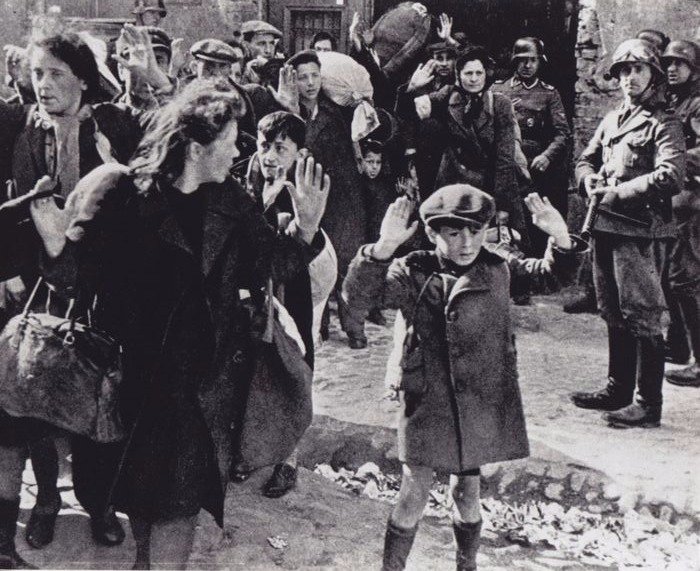
THE KRAKOW GHETTO [1]
By March 21, 1941 Germany had concentrated the remaining Jews of Krakow, as well as thousands from other towns into the Krakow ghetto. Between 15,000 and 20,000 Jews lived within its boundaries, which were enclosed by barbed-wire fences and—in places—by a stone wall. Streetcars travelled through the ghetto, but made no stops.
In March 1943, the Krakow ghetto was liquidated. Thousands of Jews were shot or sent to concentration camps to be exterminated. Several thousand Jews were sent to the Belzec extermination camp. Those deemed still fit to work were moved to the forced-labour camp of Plaszow.
When Schindler witnessed the liquidation of the ghetto, he was appalled at the senseless brutality and decided to give his all to save as many Jews as he could. He had hoped to earn a fortune, but came to value people more, even those who were despised by those of his own Nazi party.
Consider what it must have been like for the Jews to be taken to the concentration camps, knowing they, and thousands of their families, friends and neighbours would not likely come out alive. Does it help bring your own suffering into perspective?
Schindler won the brutal camp commandant Amon Goeth’s trust, by feigning friendly feelings toward him and becoming his drinking companion. Through this relationship, he was able to receive authorization to set up a separate sub-camp for his Jewish workers at Zablocie in the south of Krakow. There he was able to keep them under tolerable conditions, augmenting their diet with food bought on the black market with his own money.
His selfish ambition to make a fortune out of the war turned to generosity. We see how a person became transformed from one who only thinks of himself to someone who gives his all for others.
This has been Part 44 of the Series A Life Worth Living. Read Part 45 – Plaszow.
Leave a Reply